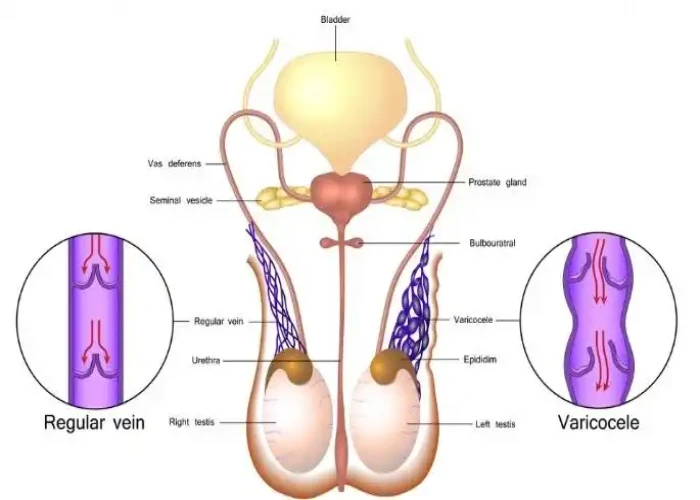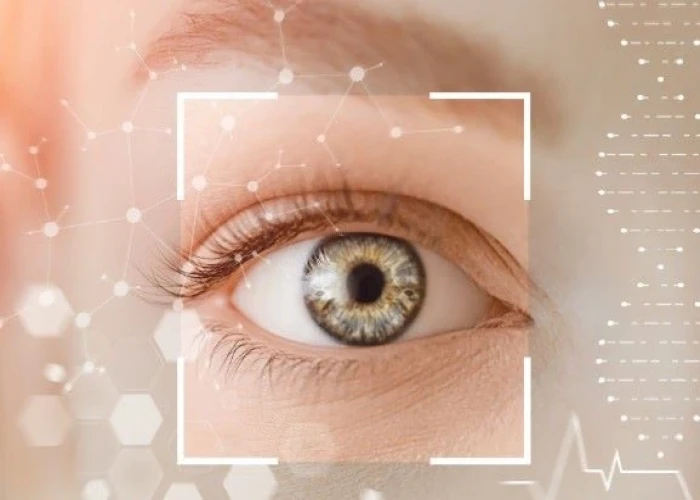 Welcome
Welcome
“May all be happy, may all be healed, may all be at peace and may no one ever suffer."
Nearsightedness

Nearsightedness, also known as myopia, is a common vision condition in which objects up close appear clear, while objects in the distance appear blurry. This occurs when the shape of the eye causes light to focus incorrectly on the retina, the light-sensitive tissue at the back of the eye that sends visual signals to the brain.
The exact cause of nearsightedness is not fully understood, but it is thought to be influenced by genetic and environmental factors. Certain factors, such as spending a lot of time focusing on close-up objects or having a family history of myopia, may increase the risk of developing nearsightedness.
Symptoms of nearsightedness may include blurry vision when looking at distant objects, headaches, and eyestrain. Squinting or rubbing the eyes may also be common.
Diagnosis of nearsightedness may involve a comprehensive eye exam, including a visual acuity test and a refraction test to determine the extent of nearsightedness. An eye doctor may also perform a dilated eye exam to check for other eye conditions.
Treatment options for nearsightedness may include corrective lenses, such as glasses or contact lenses, that help to focus light correctly on the retina. In some cases, orthokeratology or refractive surgery, such as LASIK or PRK, may be recommended to permanently reshape the cornea and correct vision.
While nearsightedness can be inconvenient, it is typically a manageable condition with appropriate treatment. Regular eye exams and early treatment of any vision changes or problems can help to prevent complications and maintain good eye health.
Research Papers
Disease Signs and Symptoms
- Blurred vision of eye
- Headaches
- Difficulty seeing while driving a vehicle, especially at night (night myopia)
- The need to squint or partially close the eyelids to see clearly
- Headaches caused by eyestrain
- Need to sit closer to the television, movie screen or the front of the classroom
- Seem to be unaware of distant objects
Disease Causes
Nearsightedness
Your eye has two parts that focus images:
- The cornea is the clear, dome-shaped front surface of your eye.
- The lens is a clear structure about the size and shape of an M&M's candy.
In a normally shaped eye, each of these focusing elements has a perfectly smooth curvature, like the surface of a marble. A cornea and lens with such curvature bend (refract) all incoming light to make a sharply focused image directly on the retina, at the back of your eye.
A refractive error
If your cornea or lens isn't evenly and smoothly curved, light rays aren't refracted properly, and you have a refractive error.
Nearsightedness usually occurs when your eyeball is longer than normal or your cornea is curved too steeply. Instead of being focused precisely on your retina, light is focused in front of your retina, resulting in a blurry appearance for distant objects.
Other refractive errors
In addition to nearsightedness, other refractive errors include:
- Farsightedness (hyperopia). This occurs when your eyeball is shorter than normal or your cornea is curved too little. The effect is the opposite of nearsightedness. In adults, both near and distant objects are blurred.
- Astigmatism. This occurs when your cornea or lens is curved more steeply in one direction than in another. Uncorrected astigmatism blurs your vision.
Disease Prevents
Disease Treatments
The standard goal of treating nearsightedness is to improve vision by helping focus light on your retina through the use of corrective lenses or refractive surgery. Managing nearsightedness also includes regular monitoring for complications of the condition, including glaucoma, cataracts, retinal tears and detachments, and damage to central retinal areas.
Prescription lenses
Wearing corrective lenses treats nearsightedness by counteracting the increased curvature of your cornea or the increased length of your eye. Types of prescription lenses include:
- Eyeglasses. This is a simple, safe way to sharpen vision caused by nearsightedness. The variety of eyeglass lenses is wide and includes single vision, bifocals, trifocals and progressive multifocals.
- Contact lenses. These lenses are worn right on your eyes. They are available in a variety of materials and designs, including soft and rigid, gas permeable in combination with spherical, toric and multifocal designs. Ask your eye doctor about the pros and cons of contact lenses and what might be best for you.
Refractive surgery
Refractive surgery reduces the need for eyeglasses and contact lenses. Your eye surgeon uses a laser beam to reshape the cornea, which results in a decreased nearsighted prescription. Even after surgery, you may need to use eyeglasses some of the time.
- Laser-assisted in situ keratomileusis (LASIK). With this procedure, your eye surgeon makes a thin, hinged flap into your cornea. He or she then uses a laser to remove inner layers of your cornea to flatten its domed shape. Recovery from LASIK surgery is usually more rapid and causes less discomfort than other corneal surgeries.
- Laser-assisted subepithelial keratectomy (LASEK). The surgeon creates an ultra-thin flap only in the cornea's outer protective cover (epithelium). He or she then uses a laser to reshape the cornea's outer layers, flattening its curve, and then replaces the epithelium.
- Photorefractive keratectomy (PRK). This procedure is similar to LASEK, except the surgeon completely removes the epithelium, then uses the laser to reshape the cornea. The epithelium is not replaced, but will grow back naturally, conforming to your cornea's new shape.
Talk with your doctor about the possible side effects, as this procedure is not reversible. Refractive surgery is not recommended until your nearsighted prescription is stable.
Treatments to slow or stop progression of nearsightedness
Researchers and clinical practitioners continue to seek more-effective approaches to stop nearsightedness from getting worse over time. Therapies that show the most promise to date include:
- The topical medication, atropine. Topical atropine drops are commonly used to dilate the pupil of the eye, often as part of eye exams or before and after eye surgery. Atropine eyedrops in various doses may also help slow the progression of nearsightedness. The exact mechanism for this effect is unknown.
- Increased time outside. Spending time outdoors during adolescence and your early adult years may decrease the lifetime risk of nearsightedness. Researchers think exposure to the sun's ultraviolet (UV) rays may change the molecular structure of the sclera and cornea and help maintain a normal shape.
- Dual focus contact lenses. A new type of dual focus contact lens has been shown to slow the progression of nearsightedness in children between 8 and 12 years old.
- Orthokeratology. In this procedure, you wear rigid, gas permeable contact lenses for several hours a day until the curvature of your eye evens out. Then you wear the lenses less frequently to maintain the new shape. If you discontinue this treatment, your eyes return to their former shape. There is evidence that this lens does slow down the elongation of the nearsighted eyeball, which decreases myopia.
Disease Diagnoses
Disease Allopathic Generics
Disease Ayurvedic Generics
Disease Homeopathic Generics
Disease yoga
Nearsightedness and Learn More about Diseases

High blood pressure in children

Porphyria

Ear infection (middle ear)

Broken foot

Milia

Peripheral artery disease (PAD)

Varicocele

Mesenteric lymphadenitis
nearsightedness, নিকটদৃষ্টি
To be happy, beautiful, healthy, wealthy, hale and long-lived stay with DM3S.
